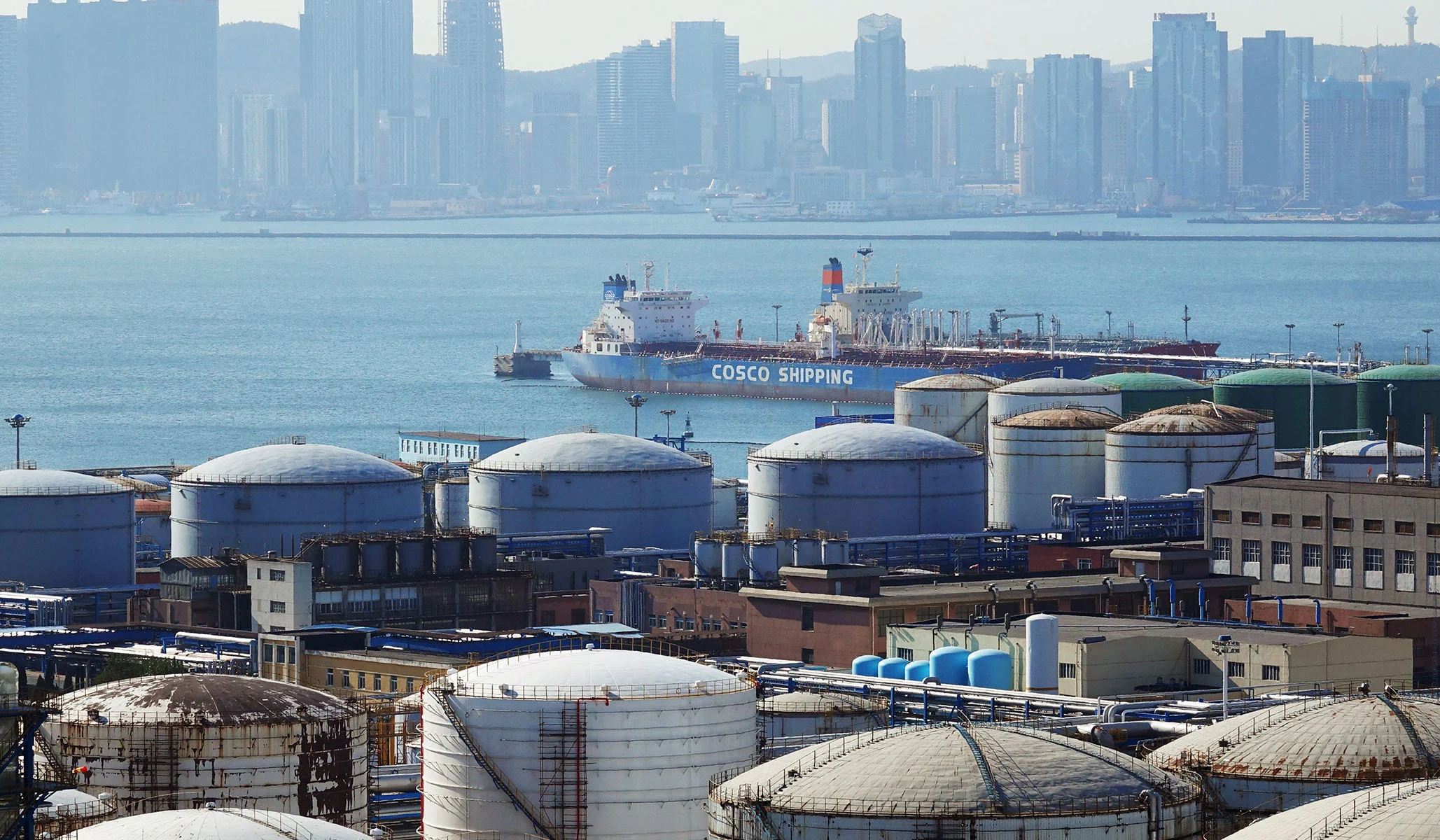The possibility of war over Taiwan is growing as Chinese forces brush back U.S. ships and planes in international waters. For decades, free-world leaders have relied on two advantages to deter China: its military weakness and its dependence on Middle Eastern energy that could be interdicted in a crisis. However, both advantages are fading, and their fate is interconnected. China’s steady efforts to reduce its energy vulnerability are less noted but equally worrisome. In normal times, China uses approximately 16 million barrels per day (mbd) of crude oil, with up to 12 mbd imported, half of which comes from the greater Middle East. China’s lifeblood remains overseas oil, and in wartime, the democracies could disrupt its transit.
The Chinese Communist Party’s (CCP) military strategy calls for a “short, sharp” war, seeking victory before energy shortages cripple China. Its energy strategy seeks to secure oil sufficient for months of war. The CCP has launched several major efforts to secure such energy supplies. It has tried, but largely failed, to dramatically ramp up domestic crude production. It has promoted electric-powered vehicles using coal-generated power. And most importantly, it has increased the size of China’s strategic petroleum reserves and secured overland oil-supply lines from Russia, an oil superpower.
China launched its strategic petroleum reserve (SPR) construction in 2007 and completed its first of three phases by 2009, setting a goal of 90 days’ worth of imports by 2020. By 2019, authorities announced that China had 80 days of forward cover in aboveground and underground facilities. Since then, and particularly during Covid shutdowns when oil prices dropped, China has accelerated its SPR-building efforts. By some recent estimates, China’s government-controlled stockpiles cover 100 to 120 days’ worth of peacetime imports, exceeding international authorities’ recommendations for peacetime buffers. China’s national-security concerns make even greater increases likely.
China has also increased access to Russian crude oil, which, unlike seaborne imports, can be piped or carried directly into the country. Russia’s isolation after invading Ukraine has increased China’s leverage. Russian oil-pipeline capacity approaches 2 mbd, but oil can also move into China by rail, barges, and trucks. In the 2010s, when combined Canadian and Bakken crude-oil production exceeded pipeline capacity, the U.S. moved over 1 mbd by rail. Through such measures, China could receive as much or more overland oil from Russia.
China might stretch its wartime reserves by cutting non-military uses. China’s Covid shutdowns have taught it how to control domestic demand. While China guards its secrets, experts’ analysis supports assessments that its reliable supply in a crisis might exceed four months’ worth of imports.
The military and energy pictures are shifting, and strategic reserves, Russian imports, and domestic controls have provided China with an energy buffer. Chinese energy vulnerability, once taken as a given by Western analysts, may no longer drive Xi’s calculations. He may well see weapons inventories and the military balance as the more important factor in his decision-making.
There are many sound reasons for Xi to avoid a war over Taiwan. But as China’s energy resilience strengthens, so does the temptation to start one. The first arrows, at least, may not pierce this Achilles’ heel. Despite international sanctions over Ukraine, Russian crude-oil production has remained resilient, confounding OPEC and analysts’ expectations. Such unexpected production may be passing into storage for future Chinese use.

